When it comes to loading your bar with plates, there are different models of these depending on your needs, both in terms of training and space or budget. That is why today we are going to leave you the definitive guide on the types of Olympic plates that you may need.
What is an Olympic disc?
An Olympic disc is one that can be inserted into an Olympic bar, that is, with a hole with a diameter between 50.4 mm and 53 mm, and can therefore be used on Olympic bars whose sleeves (load-bearing areas) have a diameter of 50 mm.
Different sizes of Olympic discs
Within the Olympic discs we can find very obvious differences in terms of size. From 10 kg onwards up to 25 kg (in increments of 5 kilograms) these discs have a very similar size in diameter, and from 5 kg down, including fractional discs, i.e. those under 5 kg, they vary in size as their weight decreases.
The reason the large discs have the same diameter is so that the bar is stable when we have it resting on the ground. But it is true that sometimes this diameter varies by millimetres so that we can load and unload the discs with relative ease and they do not drag on the ground.
Materials of different discs for Olympic bar
On the other hand, we can classify different types of Olympic discs based on the material they are made of. These materials range from the so-called bumpers, which are made of rubber, to cast iron or calibrated discs that we can find in different metal alloys. This differentiation of materials will also allow us to observe a great difference in thickness, since the density of a metal disc is much greater than that of a rubber disc.
All this serves to make a general differentiation, without going into too much depth within the world of Olympic discs, since depending on the manufacturer we can find different types of rubber, different types of rubber pressing, different types of filling (which sometimes include metal parts) and likewise in the metal discs we can find different densities, finishes or calibrations.
Let's see what the most common types of Olympic discs are.
Bumper Discs
These discs are the most common in training centres such as gyms and cross training boxes. They are made of rubber and sometimes have internal metal discs to increase their density and weight. Rubber allows firstly to reduce the cost and secondly to reduce vibrations and noise in sports facilities. On the downside, this thickness prevents us from putting too much weight on the bar.
Within the bumper range there are different qualities, varieties and finishes, such as Hi-Temp, Elite, Competition or Training for example.
Olympic Training Discs
Made of rubber, they are highly resistant and have a collar for inserting the metal bar. You can find them in colour (with the typical colours of weightlifting and powerlifting) or in black.
Elite Olympic Discs
These discs take a leap forward in quality, they are easy to differentiate both by the finish of the outer rubber, as well as by the large metal disc that adds strength and density.
Olympic Competition Discs
Made from virgin rubber, in this case the leap is not only in the quality of the materials but also in precision, as they are calibrated with a tolerance of +/- 10 grs. In addition, the inner disc is designed to withstand the heaviest falls.
Olympic Fractional Discs
These are those that range from 5kg to 0.5kg. They are usually made with a steel core and are covered in rubber.
Olympic Technical Discs
These are discs whose measurements are similar to those of greater height and thickness, but their weight is usually 2.5kg or 5kg and they are made entirely of plastic.
Olympic Metal Discs
These plates can be found in different finishes, but the most prized are usually the calibrated ones, commonly used in powerlifting. They have very precise tolerances of just +/- 10 grams and are usually made of smooth metal with a slight bevel on the edge that makes them easier to grip. These plates have a diameter of up to 45 cm but their thickness is much less than the bumper plates, as they are much denser. To give you an idea, an Olympic powerlifting metal plate is just 22 mm thick compared to the 66 mm of an Olympic competition bumper.
Before buying, we recommend that you ask a professional company to help you choose the discs that best suit your training needs (type of sport, intensity of use, facilities, etc.) and your budget. The most expensive and calibrated discs may not be for you if, for example, you do not plan to compete.

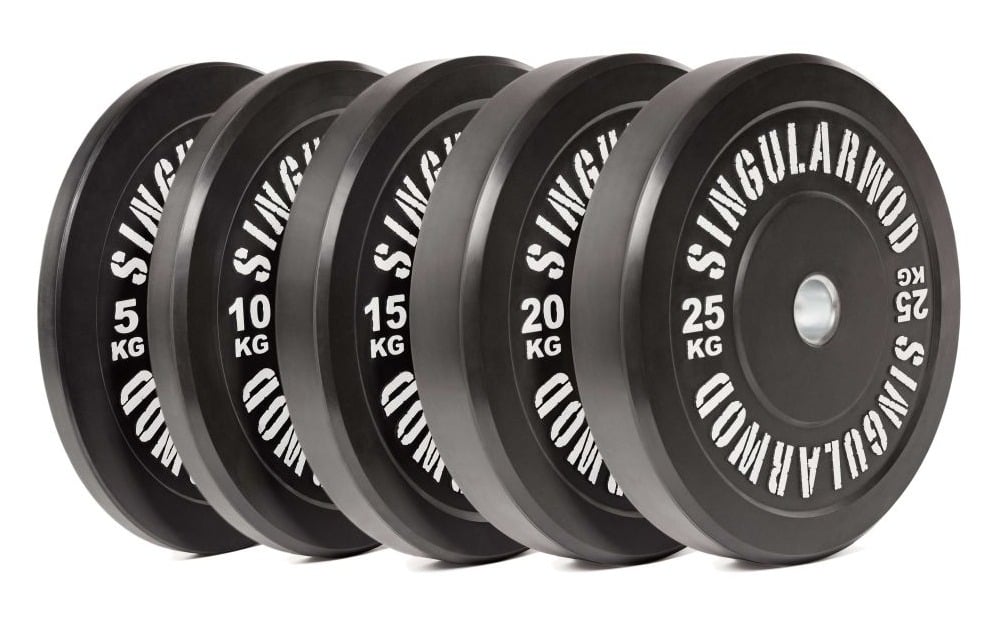
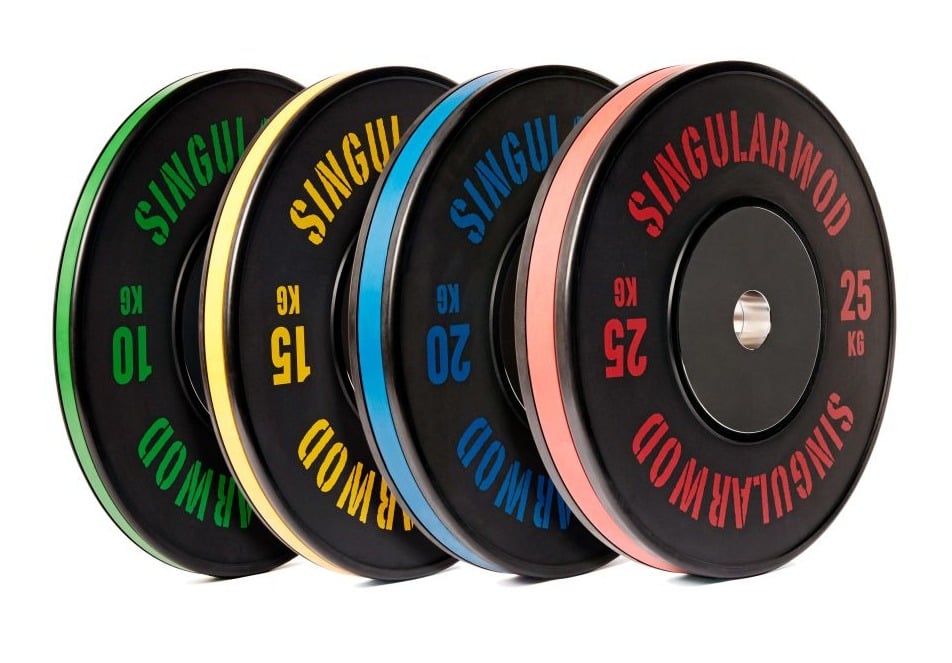
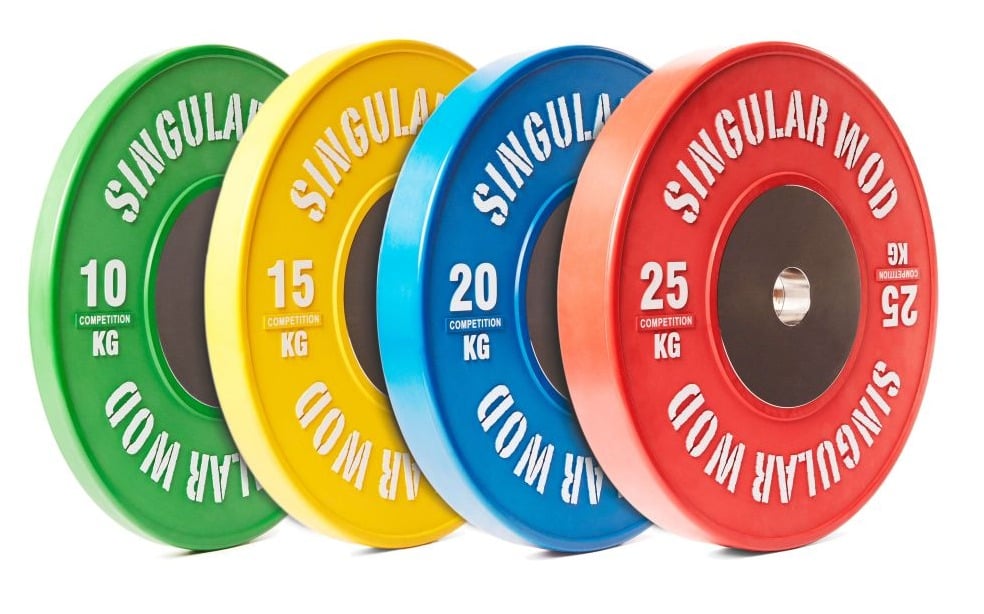
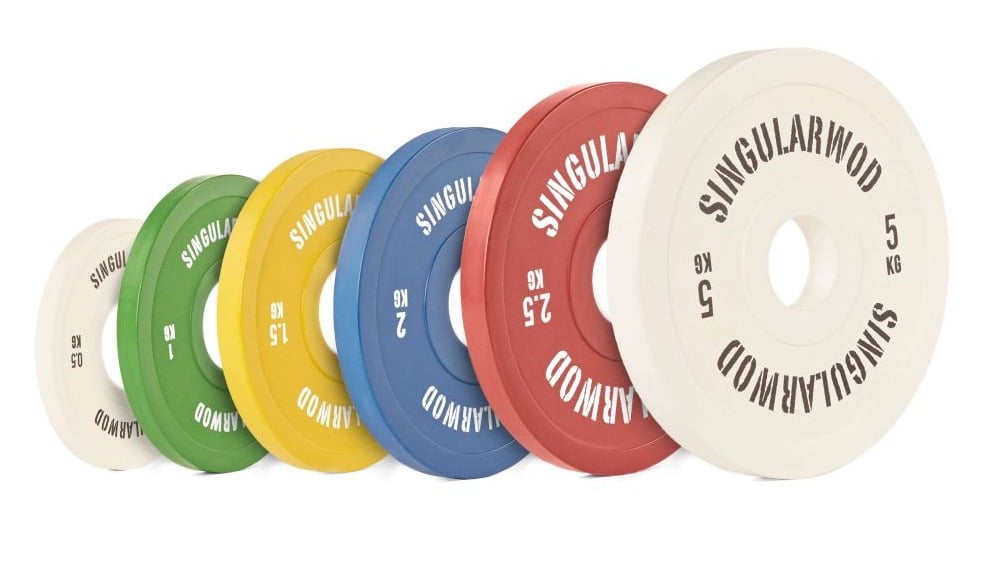
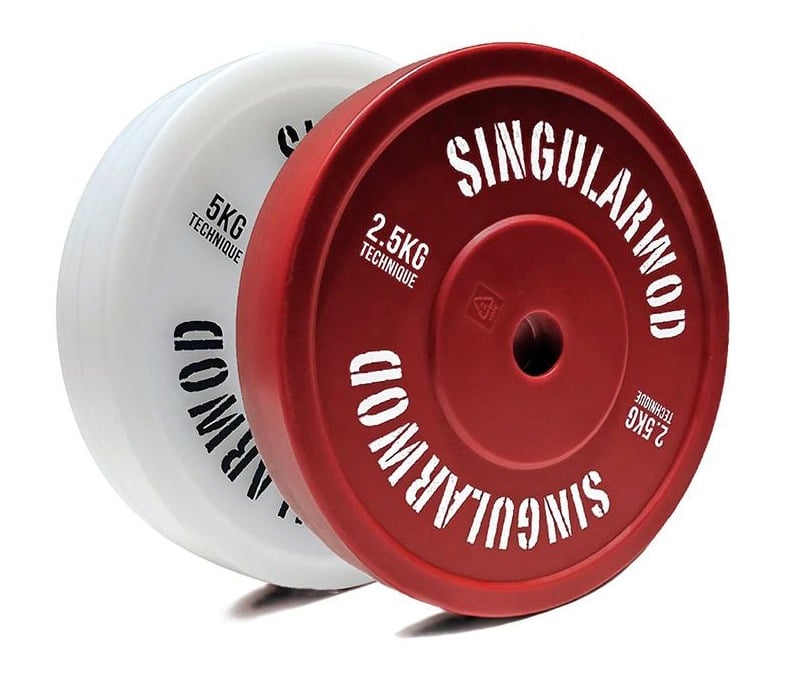
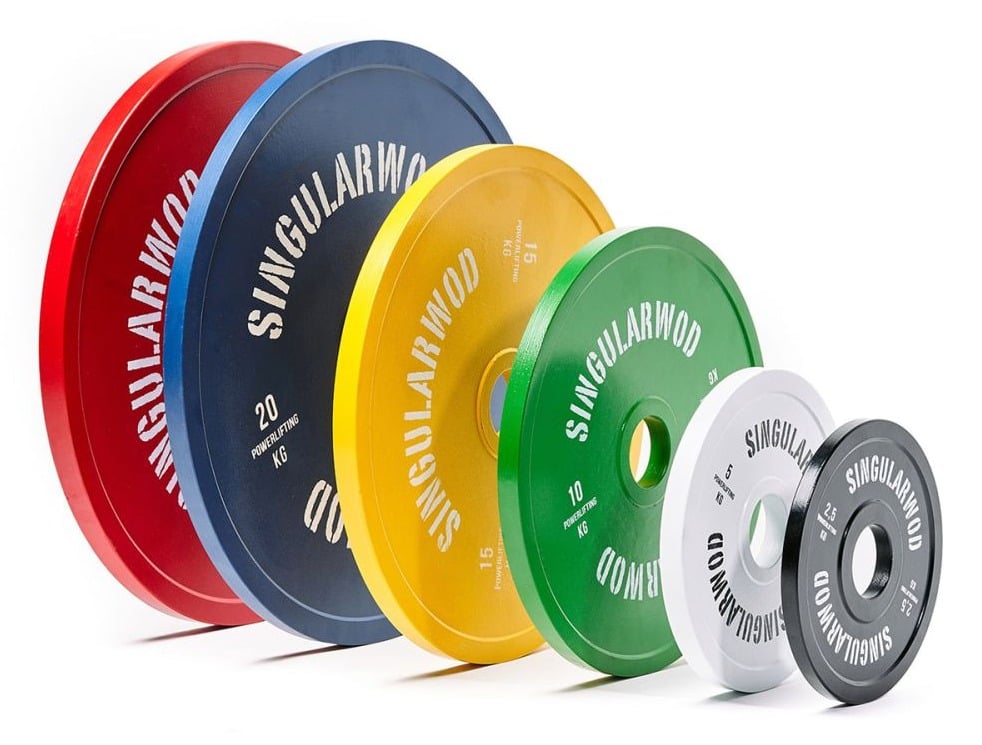


Leave a comment
This site is protected by hCaptcha and the hCaptcha Privacy Policy and Terms of Service apply.